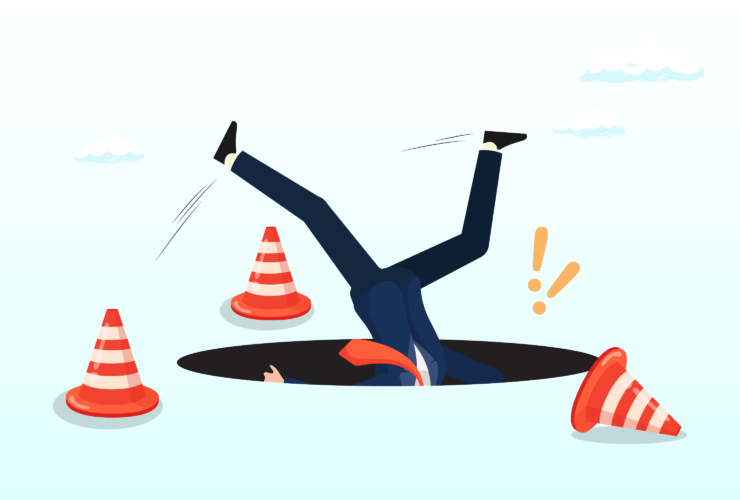SAFe® Transformation Journey
SAFe® Implementation Roadmap
The SAFe Implementation Roadmap consists of an overview graphic and a 14-article series that describes a strategy and an ordered set of activities for successfully implementing SAFe.
Achieving business agility and the benefits of Lean-Agile development at scale is not a trivial effort, so SAFe is not a trivial Framework. Before realizing SAFe’s rewards, organizations must embrace a Lean-Agile Mindset and understand and apply Lean-Agile principles. They must identify their Portfolio(s), Value Streams, and Agile Release Trains (ARTs), implement their Lean-Agile Portfolio(s), build quality in, and establish the mechanisms for continuous flow of value delivery and DevOps. And, of course, the culture must evolve as well.
The transformation of an organization towards full business agility requires the change leadership acumen to create persistent people practices and the mindset needed to support the change. Such a change also requires a practical and proven guide that brings the change into sequential action supported by a robust guiding coalition. Based on proven organizational change management strategies, the SAFe Implementation Roadmap graphic and article series describes the critical moves an enterprise can take to implement SAFe in an orderly, reliable, and successful fashion.
As described in the Implementation Roadmap, the strategy for Implementing SAFe is based partly on John Kotter’s work in organizational change management. As listed below, Kotter identifies eight ‘accelerators’ of leading a change. These are integrated throughout the SAFe implementation roadmap to enable change leaders along their journey.
- Create a sense of urgency
- Build a guiding coalition
- Form a strategic vision
- Enlist a volunteer army
- Enable action by removing barriers
- Generate short-term wins
- Sustain acceleration
- Institute Change
Details To achieve the desired organizational change, leadership must “script the critical moves,” as described by Chip and Dan Heath. When identifying those critical moves for adopting SAFe, hundreds of the world’s largest enterprises have already gone down this path, and successful adoption patterns have emerged. The graphic below illustrates a typical pattern.

While no two adoptions are identical, and there is rarely a perfectly sequential step-by-step implementation, we know that businesses getting the best results follow a path similar to that shown in the Implementation Roadmap. Each step on the roadmap is described in a separate article (links to separate articles are in the original article Implementation Roadmap):
1.Reaching the Tipping Point
2. Train Lean-Agile Change Agents
3. Create a Lean-Agile Center of Excellence
4. Train Executives, Managers, and Leaders
5. Lead in the Digital Age
6. Organize Around Value
7. Create the Implementation Plan
8. Prepare for ART Launch
9. Train Teams and Launch ART
10. Coach ART Execution
11. Launch More ARTs and Value Streams
12. Enhance the Portfolio
13. Accelerate
This first article is a launching pad to explore the roadmap and understand how to apply it to specific implementations. The remaining articles will help you throughout the journey.
@ Scaled Agile, Inc.
The original article can be found here.
SAFe and Scaled Agile Framework are registered trademarks of Scaled Agile, Inc.




